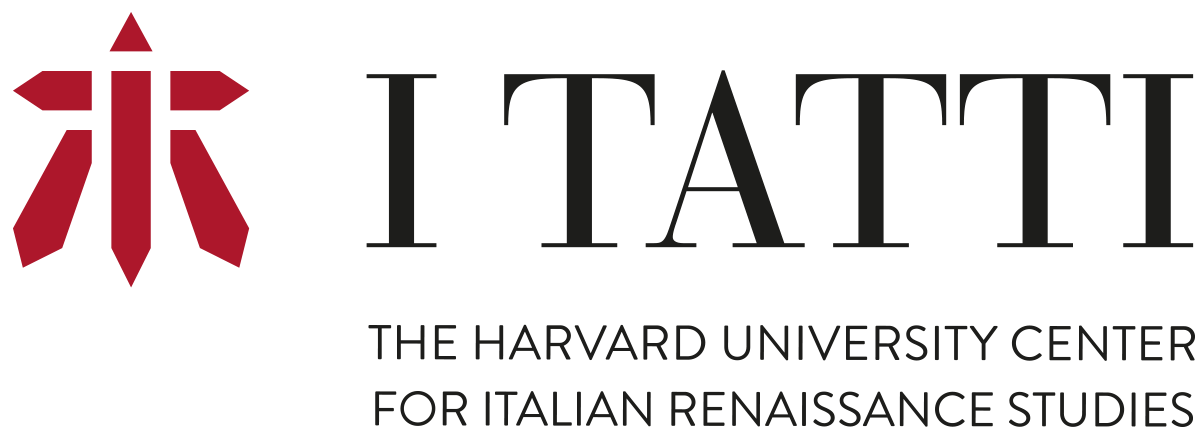Wolfram Koeppe
The Salzburg Treasury at the Palazzo Pitti
2025-2026 (March - May)

Biography
After completing his studies under Gottfried Boehm, Willibald Sauerländer, and Paul Zanker at the Universities of Giessen and Munich, Wolfram Koeppe was invited to join the staff of The Metropolitan Museum of Art in 1992, having previously worked at the Philadelphia Museum of Art. Actively engaged in lecturing and teaching, he contributes to The Met's media initiatives and is recognized for his innovative projects and substantial fundraising records. Exhibitions include 'Extravagant Inventions: The Princely Furniture by the Roentgens' (2012), which featured a video of the Berlin cabinet that gained over 15 million views on YouTube. The 'Art of the Royal Court: Treasures in Pietre Dure from the Palaces of Europe' (2008), was awarded 'Exhibition of the Year' by Apollo Magazine, and 'Making Marvels: Science and Splendor at the Courts of Europe' (2019–20) and its catalogue have emerged as essential research resources. Koeppe was honored with The Inaugural Marica Vilcek Prize in Art History, 2024. He is a Board member of the BGC and the AAMC.
Project Summary
The exciting history of the Salzburg Treasury at the Palazzo Pitti, a collection of rare Northern goldsmith objects, is still largely obscured. There was sporadic primary research on the collection from the 1950s to the 1990s, with Kurt Rosachers’s publication (1966) being the initial source of any serious investigation. The term “Museo Degli Argenti – Tesoro dei Granduchi” changed at various occasions but was not inspired by the famous Medici Collection shown in the same wing of the Pitti. The Habsburg Lorraine legacy dominated the visual sensations of the silver collection. “…..The silver works for which the museum was named come, for the most part, from the House of Lorraine, being part of the so-called "Salzburg Treasure", that is to say, the collections of the bishops of Salzburg that Ferdinando III of Lorraine 'plundered' during the Napoleonic era (exactly as Napoleon was doing in Italy) and brought to Florence on his return.“
Archival research and cautious examination of the outstanding objects will contribute immensely to our current understanding of the high importance of Northern Schatzkammern like Munich, Stuttgart, Dresden, and the KHM, which "absorbed" many Salzburger items in the nineteenth century. A significant contribution to the history of collecting Renaissance works of art, the treasury's complex ordeal crossing the Alpine mountains reflects the rivalry of Europe's leading dynasties and the trade routes that supplied the precious material, inspiring artisans to create innovative objects of awe.
